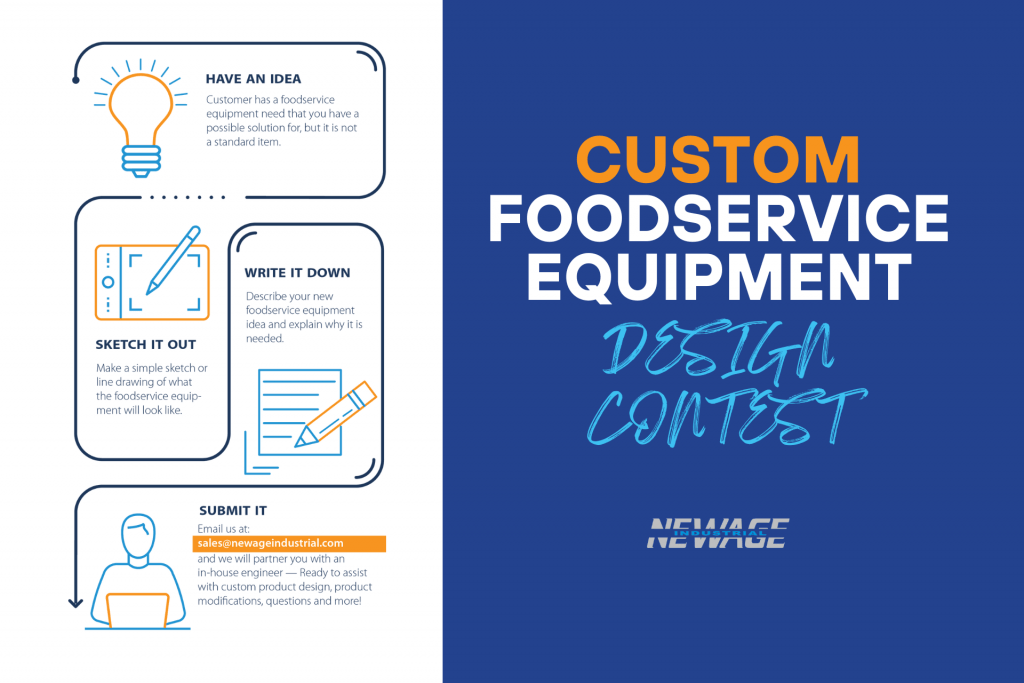
Somehow we find ourselves at the end of another decade. The conclusion of the 2010s seems to have crept up on us, yet here we are ready to welcome the next era of the 21st century.
Few would disagree that changes in the last ten years in foodservice have been momentous. Today, it is hard to imagine a restaurant menu without the towering presence of vegetable dishes, but in 2010, we were yet to embrace plant-based foods – veggie burgers were definitely not on anybody’s radar beyond the vegetarian community. Vegan was still an alien concept to the average diner.
Ten years ago, chefs had not yet been frustrated by diners suddenly afflicted by all manner of food intolerances – gluten free, for example, didn’t become a lifestyle choice until the middle of the decade. By 2015 one in five US diners had reduced or eliminated gluten in their diets.
A tough decade
Much of the world has spent the last ten years in various degrees of political and financial turmoil. The foodservice sector has not escaped the effect of this as consumers tightened purse strings and started to expect a lot more for their money when they did decide to spend with a certain operator or chef. Food as an experience came to life in the 2010s.
So what of the foodservice sector in the US? It’s been a tough decade for a lot of restaurants, both independent and chains, according to consultant Jay Bandy, president of Goliath Consulting Group and FCSI Associate. “Mediocre business results during a growing economy are an ongoing concern. Margins are tighter, sales are flat and guest counts are declining,” he says.
“For those who don’t own restaurants, the growth of convenience this decade stands out – from food halls to delivery to restaurants in grocery stores. Retail foodservice has morphed in many ways in the last decade.”
Dining goes off-premise
One major feature of the last ten years that stands out above all in a very visual way is the increasing demands of delivery on foodservice operations. “This taxes current kitchen designs, interferes with in-house a la carte meal prep, and it has spawned the growth of so-called ghost kitchens to deal with the delivery issue,” says Arlene Spiegel FCSI, president of Arlene Spiegel and Associates.
Bandy also highlights this trajectory towards an increase in off-premise consumption. “We started the decade with a double digit increase in catering sales, then came a larger flow of takeout business and in the last five years third-party delivery,” he says.
“Restaurant design now incorporates these three elements along with implementing technology and the new guest/employee flow through the restaurant or property.”
From an operator point of view, Don Fox, CEO of national sandwich chain Firehouse Subs, says the use of e-commerce for an ever-increasing share of retail activity has had two significant points of impact. “It has changed the traffic patterns of consumers. As they offset traditional trips to brick and mortar establishments with e-commerce generated delivery of retail goods, it takes away the opportunities for restaurant occasions that are traditionally triggered by those trips,” he says.
“Second, technology has had an impact on where the customer is choosing to consume their meals. The growth of off-premise consumption of prepared food has led to a shift in how restaurants are used by the consumer – and it has not been for the better.”
The people conundrum
FCSI Associate John Reed, owner of Customized Culinary Solutions, points to a tough labor market as the number one element to impact on commercial kitchens. The proliferation of commercial foodservice means operations are fighting for the same workforce that is also changing.
“The cost of education rises, student debt grows, minimum wages rise and the need to provide opportunities such as healthcare and a living income affects the industry,” he explains. “Designers, equipment manufacturers and the ingredient supply chain have had to adjust to make the impact of a smaller less trained and higher paid labor pool less significant. Robotics, pre-programmed equipment and convenience products are all a result of the labor issues.”
This is something Bandy has noticed too. “We spend more time helping clients with recruiting, hiring and retention than ever. There are more positions open than qualified applicants to fill them,” he says.
The increased price of labor, aligned with the smaller spaces available for restaurant kitchens has presented unique challenges to foodservice operators, says Melanie Corey-Ferrini FCSI, CEO of 3.14DC Design and Consulting. “With the newer cooking methods with less equipment, smaller kitchens mean more innovative cooking methods on these pieces of equipment. Often traditional kitchen staff has a more difficult time with the smaller footprint kitchens with less traditional equipment – which makes it more difficult in the planning phase of a project,” she says.
She points to the emergence of versatile “plug n’ play” equipment that can perform multiple functions – cook, boil, grill – all in one. “From a design perspective, the other aspects are the residential nature of the design as far as far as the scale of spaces, placement of equipment and flow, a less industrial feel, and customers seeing all of the back of house equipment. More open spaces mean less walls, less cost and often less square footage for planning,” she says.
Power of data
Fox says technology has made things easier for operators – specifically he points to the availability of data, and the means to interpret it and apply it to the business. “It is the biggest difference from ten years ago,” he says. “People are still people, and the art of leading, coaching, and inspiring them has not fundamentally changed. But the increase in business intelligence is tremendous. It is a great asset, and as CEO, makes the decision-making process much better than it was a decade ago.”
He adds that the last ten years have served to reaffirm the inherent strength of large brands, “but also shows that not even the largest is immune from seismic shifts in their trajectory,” he says.
“The disruptive nature of technology-enabled social media is a driving force behind this.” Mainly, he says, the decade has validated once again that even though the industry is saturated with too many restaurants, the sector is unique compared to many others. “Why? Because there is always room for another great restaurant – though more than ever, it will come at the expense of other operators.”
Taking stock, looking forward
Looking at the decade of the teens as a whole, Spiegel thinks what we’ll remember is the endless options for dining public. “There’s an almost unimaginable amount of options in the choices of cuisines available,” she says. “Levels of service from delivery, pick-up, through mobile devices; and the pressure on operators to develop intimate relationships with guests in spite of the ‘wall of technology’ keeping them apart.”
The big change, says Reed, has been how we as consumers and professionals approach the sector. “The foundational methods of providing food and service have not changed, it is our approach on how we interact with them,” he says.
“Cooking methods are the same; they are better managed and replicated through technology to reduce the need for higher level employee skill sets. Hospitality is the same we just rely on data on how to provide it and whom to target. However, the customer still expects high-quality food as a given and served on their terms whether as a delivery or sitting down at a restaurant table.”
For him the one development of the decade that towers over all else if the rise of the digital foodservice environment. “The online culinary experience was born in the 2010s,” he says.
Of course most of these trends from the past decade will not go away just because we enter the 2020s – indeed some will grow even stronger. Consider the rise of healthier eating trends and the emergence of more plant-based meat alternatives. “We see more healthy, sustainable and plant based dining – that tastes appetizing to a wider demographic than ever before,” says Corey-Ferrini.
“With fast food chains having more healthy dining options than ever before, these trends seems to be lasting and will continue either as they are or morph into more healthy and possibly adventurous menus.”
Tina Nielsen




